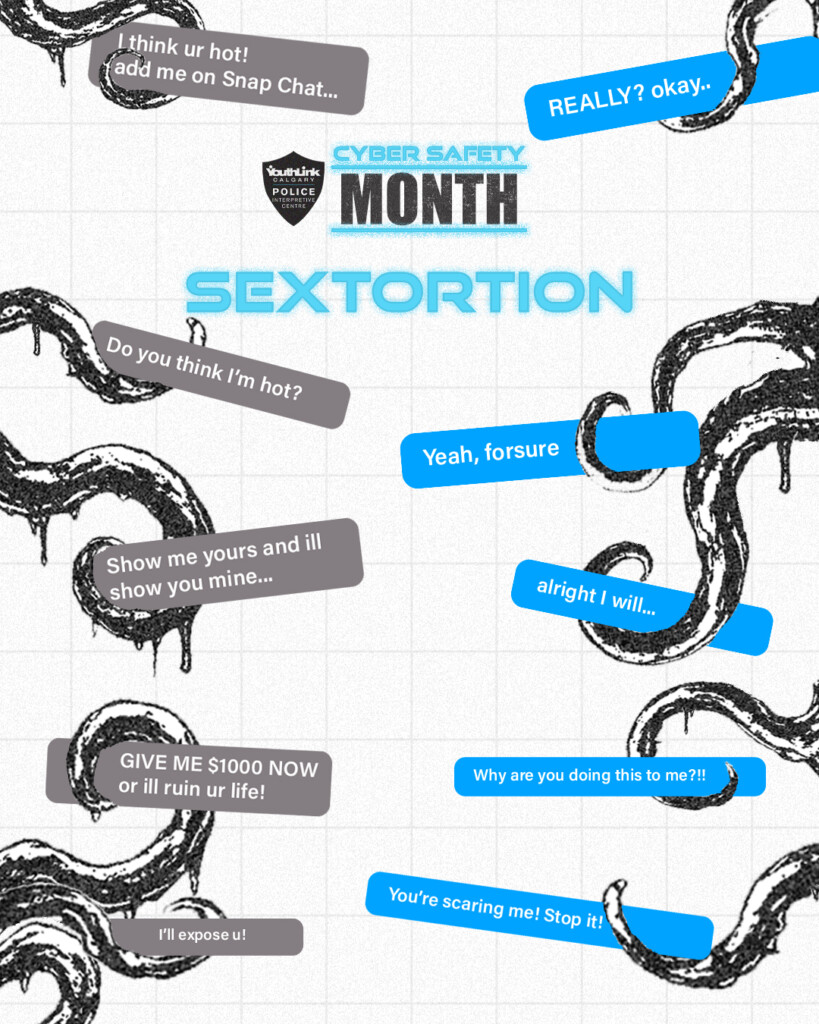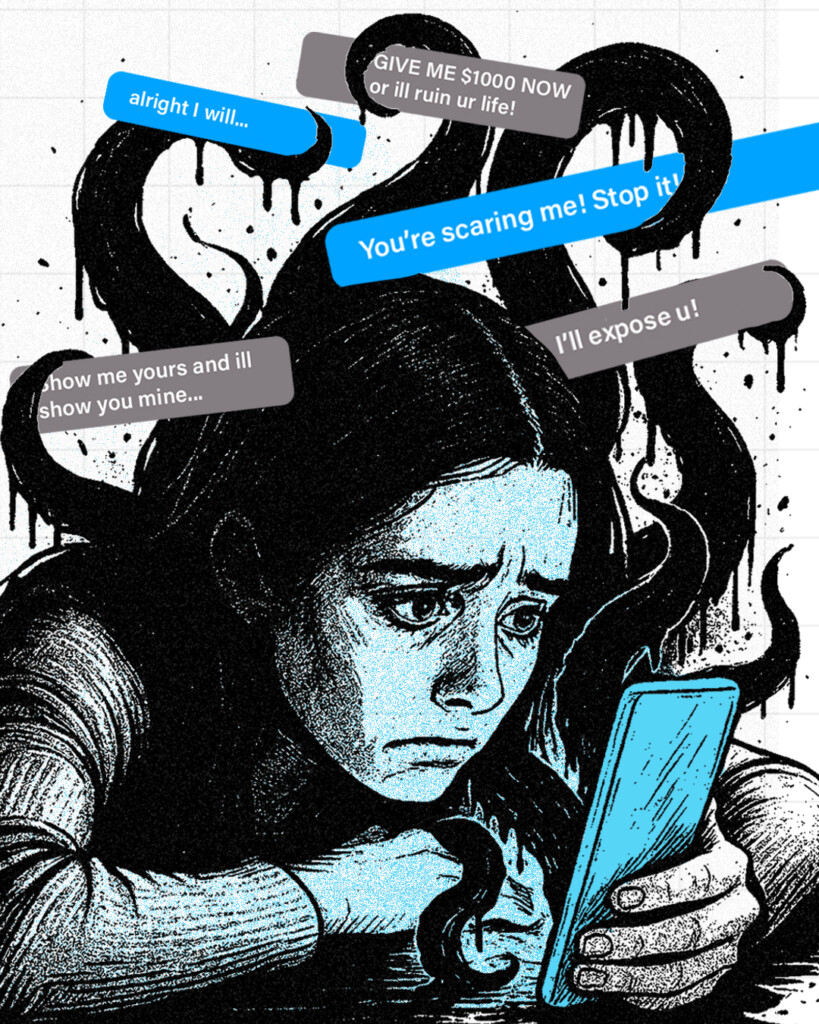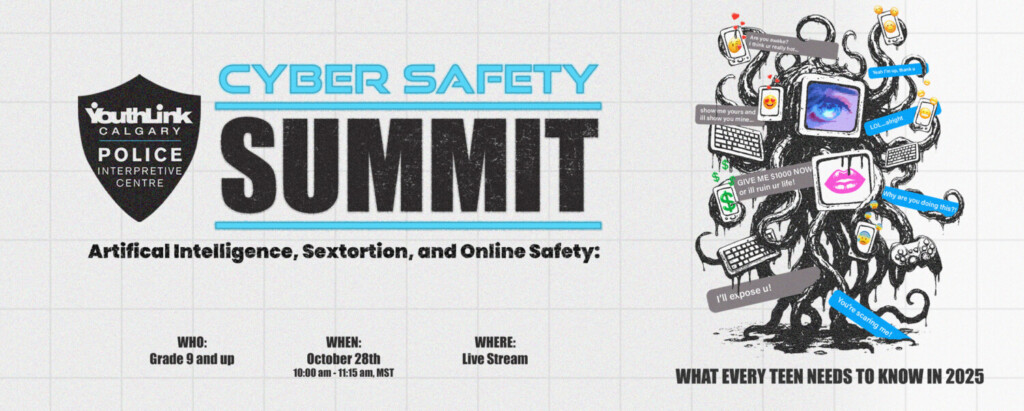Oct
Raising Awareness About Sextortion: A Growing Digital Threat – Part 1
What is sextortion?
Sextortion is: “a type of online blackmail where someone threatens to send a sexual image or video of a person to other people if the person doesn’t pay them or provide more sexual content”.
Sextortion often occurs as a result of “sexting” with someone not personally known to an individual or youth. “Sexting” is the creation of sexual images or videos, often shared over text or through directing messaging (DMs) on social media platforms. While sexting may seem private or harmless in the moment, it can carry risks, especially for youth.


What about deepfakes?
In recent years, there has been an increase in sextortion cases that use “deepfakes”. Deepfakes use existing photos of an individual, it can just be a picture of a person’s face, and uses AI to generate realistic images, videos, or audio of the victim. Sextorters can use images from the victim’s social media to create explicit deepfakes, which they then use to threaten the victim.
How is sextortion committed?
63% of reported sextortion incidents in Canada in 2024 occurred on Instagram or Snapchat. Typically, youth are contacted by someone posing as another youth, often of the opposite sex, through direct messaging on these platforms. Another common tactic is making contact on gaming platforms such as Roblox, Minecraft, or Fortnite and then
suggesting they move the conversation to Snapchat or Instagram.
Sextorters will convince victims to exchange sexual content by sending a sexual photo first. The targeted youth then feels pressure to share a sexual photo or video of their own, or they may be tricked into engaging in sexual acts through livestream or while being recorded unknowingly.
Once the sextorter receives the content, they make their demands quickly. They may threaten to leak the images or videos online or share it with the youth’s friends and family unless they meet their demands. They may share screenshots of the victim’s contact list or personal information (school, home address, phone number) they have been able to find online to scare them into sending more sexual photos or money.


How common is sextortion? Who is most frequently a victim of sextortion?
In 2024, the Canadian Centre for Child Protection received an average of six sextortion reports a day, with more than 2 300 sextortion cases reported throughout the year. However, the real number is probably much higher as many sextortion cases go unreported due to feelings of shame and embarrassment. With the rise of AI generated images, sextortion cases continue to increase every year. Though any gender can be a victim, young men between the ages of 14 and 24 are the primary target of sextorters. Boys tend to be extorted for money, and girls tend to be
extorted for more sexual photos or videos.
Follow our blog for part 2 dropping on October 26th to learn more about what to do if you’re worried a
youth has been sextorted and the steps you can take to keep your loved ones safe!




No Comments